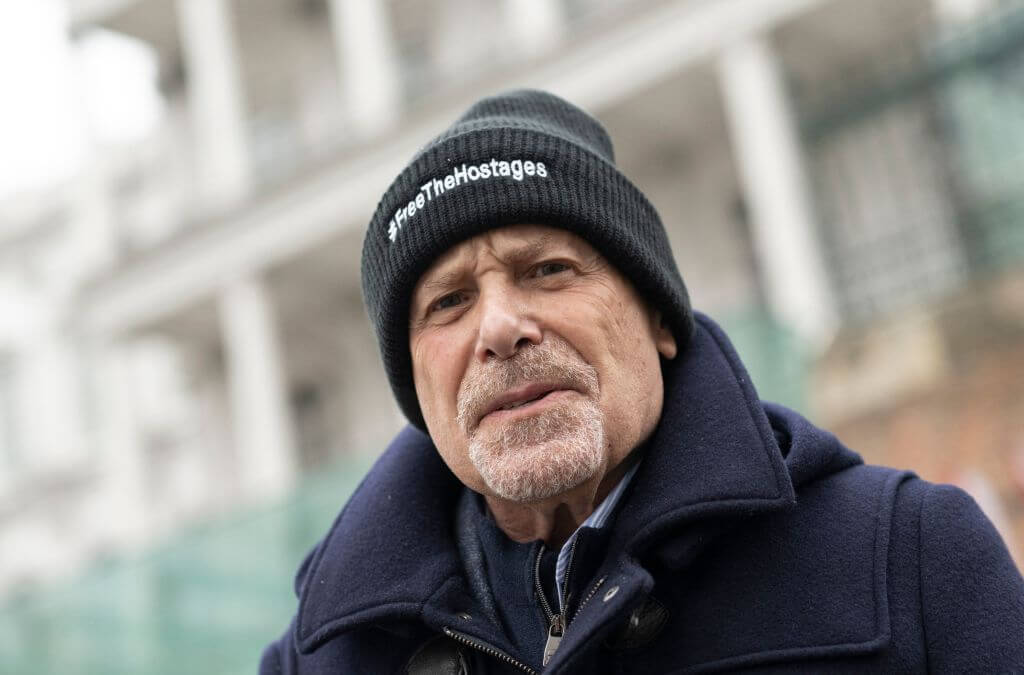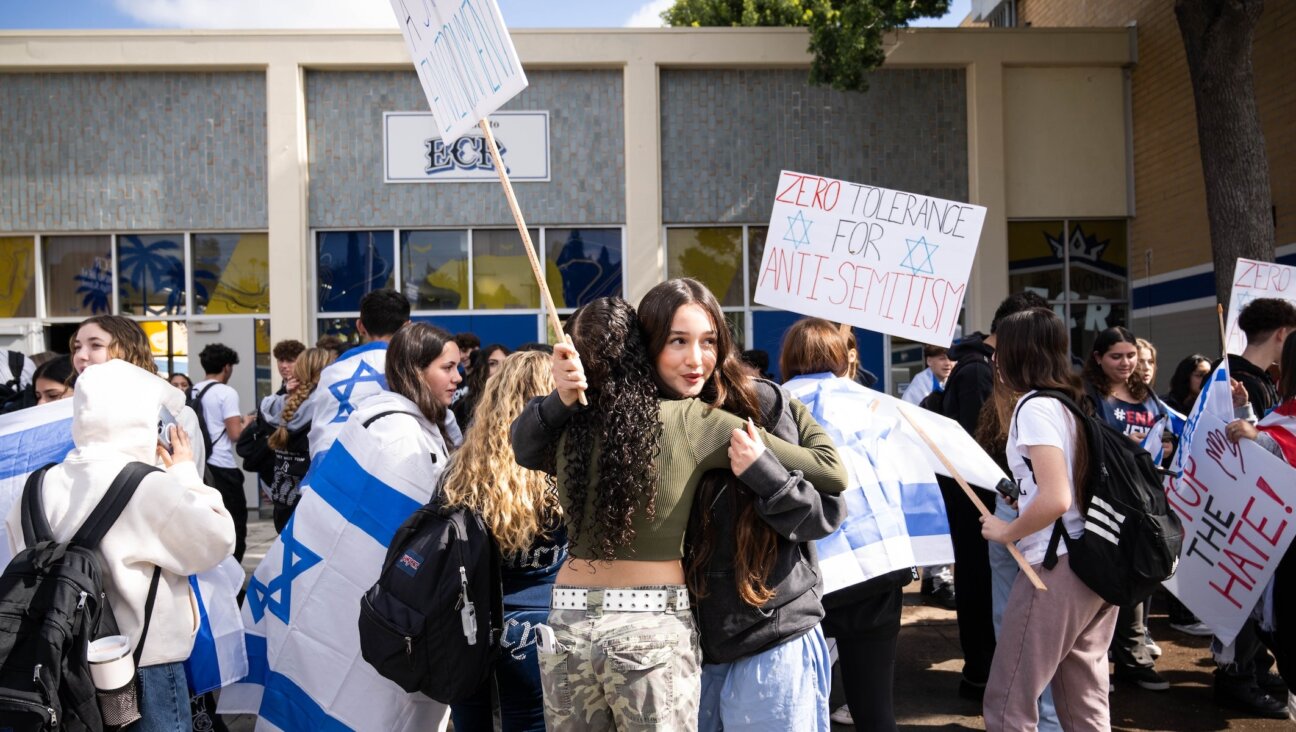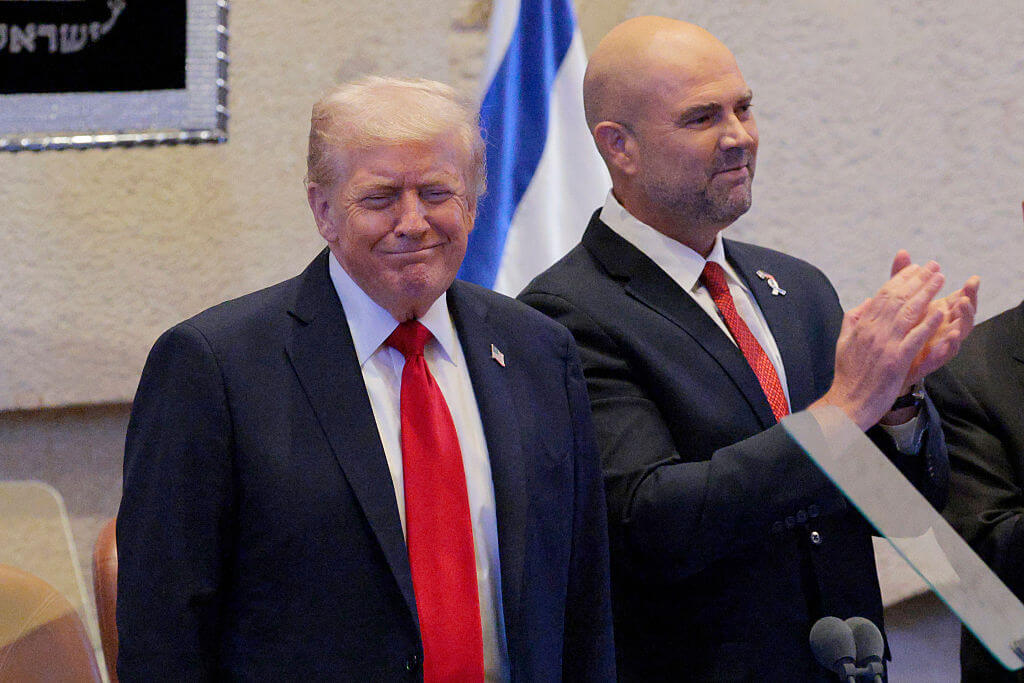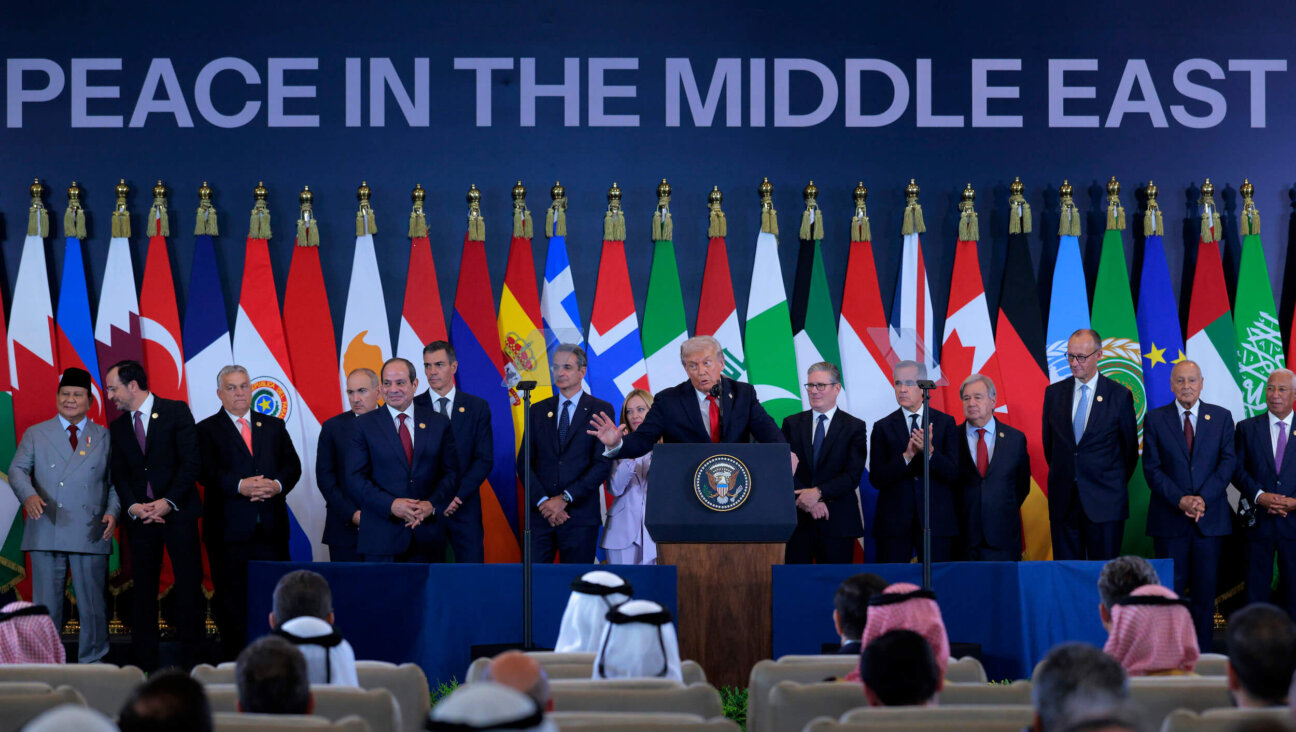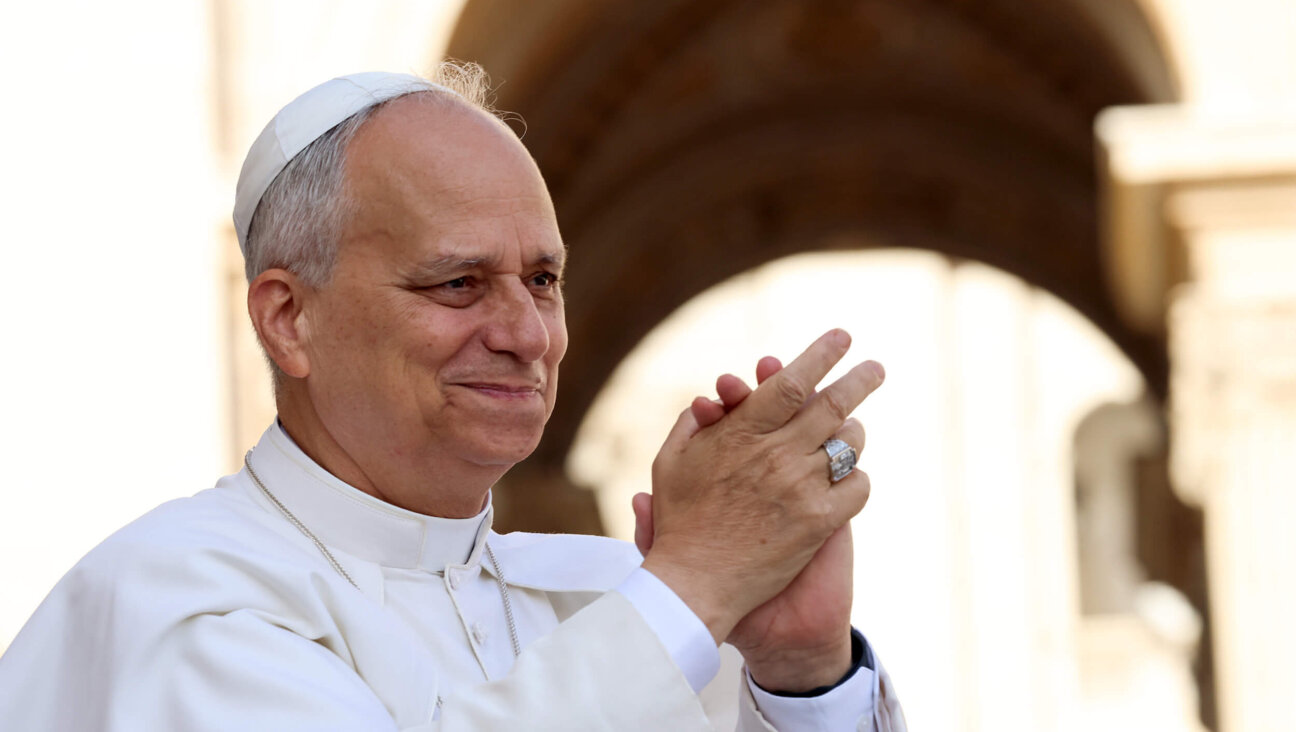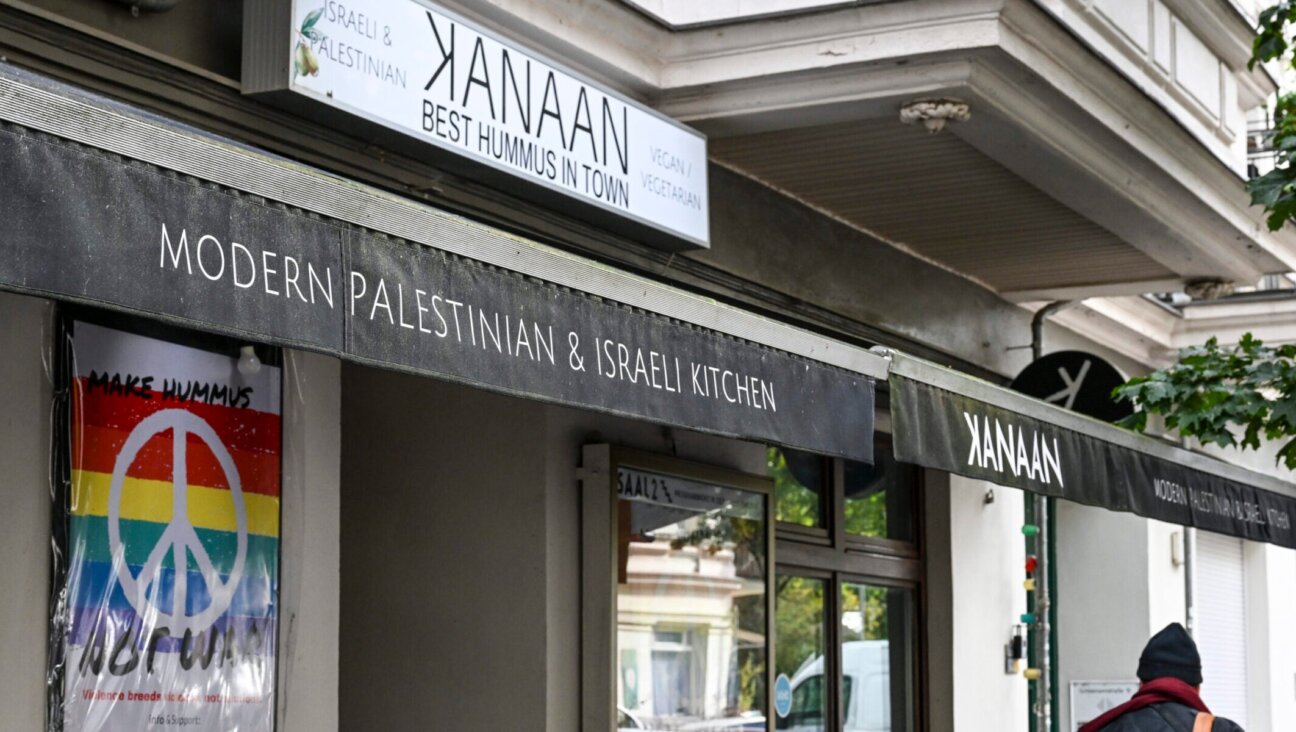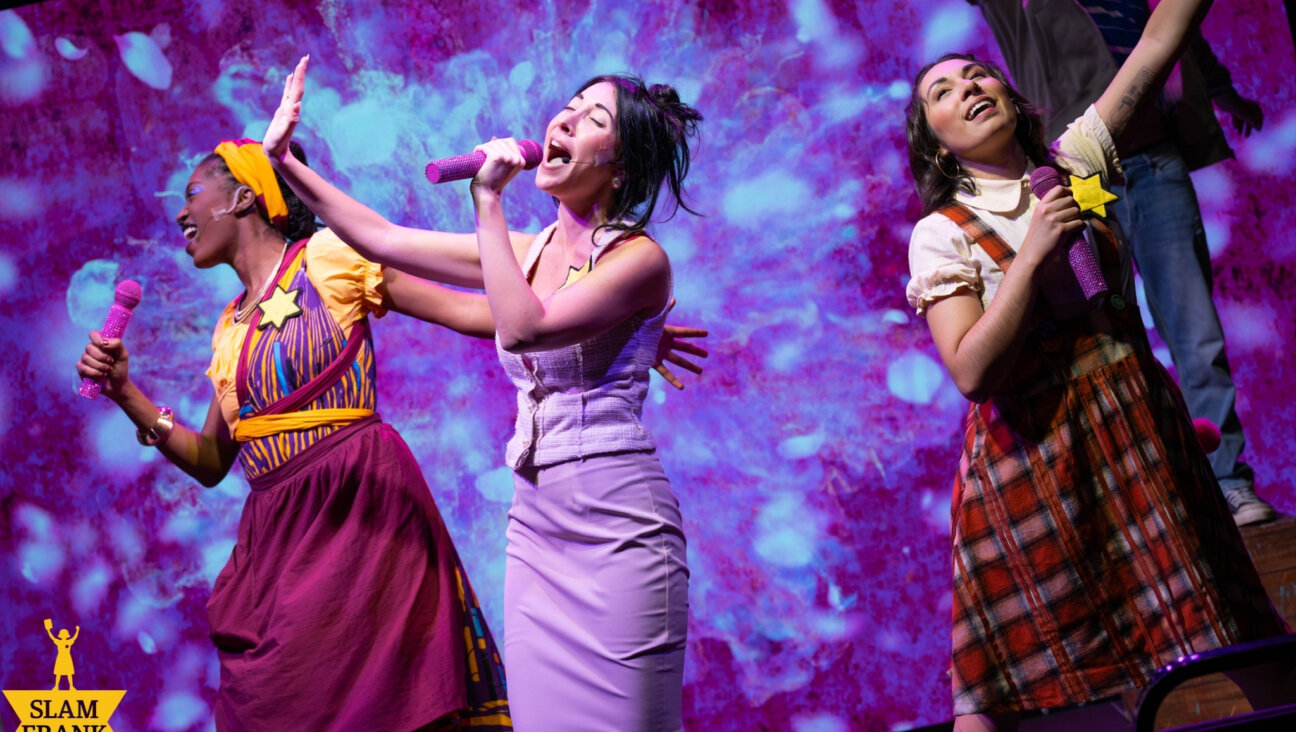Grasping for God With Arms Outstretched
Sign up for Forwarding the News, our essential morning briefing with trusted, nonpartisan news and analysis, curated by senior writer Benyamin Cohen.
Most of the congregants who trickled in for Saturday services on a recent morning in Evanston, Ill., were wearing spandex. Warming up from the sub-freezing weather outside, they rolled out their blue plastic mats in preparation for the first prayer.
When Rabbi Andrea London began the morning blessing, everyone assumed the lotus position, with backs straight, legs crossed and ankles on thighs as wisps of incense smoke wafted through the air. As the service progressed, each yoga posture became more aerobically intense than its predecessor. For the Shema prayer, the 15 or so congregants in attendance — mostly middle-aged women — each swung out a leg and stretched their arms around their bodies while chanting the most traditional Hebrew prayer in the most untraditional way.
There were, for instance, no prayer books. London chanted the prayers and told them to “uncover the softness within” and “experience the prayer directly” while an instructor guided their movements. There was even an “Amen” pose, inhaling while raising the arms straight above the head, which allowed congregants the option of contemplative silence.
Since the first one last March, London has led five yoga minyans here at her Reform synagogue in north Chicago, Beth Emet. Most of the women said they hoped it would become a weekly event.
“It makes you feel somehow stretched out and receptive,” said Carol White, a 44-year-old marketing researcher, struggling to pinpoint just what it was she found compelling about the minyan.
In Chicago, London is treading on untested ground, yet she is not the first to combine yoga with prayer services. Minnesota resident Diane Bloomfield, an Orthodox woman who is not a rabbi, has been integrating yoga into prayer services, traveling around the United States and Israel, for 12 years. Bloomfield, though, said it is only recently that the idea has really come into its own.
“It’s about to really blossom,” said Bloomfield. “People are somehow tuning into the possibility of yoga and how it can integrate with the depths of Torah.”
The first time London offered the yoga minyan, during a retreat for her congregation, she was surprised that half the attendees had showed up ready to pose and posture. And at the Union for Reform Judaism’s biennial conference last November, London’s yoga minyan was one of the most popular events of the weekend, with participants spilling into the hallway.
London is planning a book about her service, which will join Bloomfield’s “Torah Yoga: Experiencing Jewish Wisdom Through Classic Postures” (Jossey-Bass, April 2004).
Part of the interest may come from the Judaized yoga classes that recently have hit fitness rooms at Jewish Community Centers across America. Most of these, though, are little more than yoga with shalom substituted for om.
There is also the slightly more serious Ophanim yoga — a kabbalistic practice in which the body is positioned to correspond to Hebrew letters in postures that are supposed to channel a divine energy.
In selecting the many yoga poses she has integrated into her service, London has borrowed some of her ideas from Ophanim. One of her favorites is the Vav pose, in which the straightened body represents the “connection between the heavens and earth — the position of the human being.”
In focusing on the centrality of the body, that pose, in a wordless, fitting way, might sum up London’s philosophy.
“We give lip service to the body and God creating the body,” London said, “but in our normal Jewish worship service there is only movement in limited places, and I think it rarely corresponds to the meaning of the specific prayer.”
For London, it is important that each posture provide a direct connection to the prayer being recited.
“The Shema prayer is a focus on openheartedness, so we have to do some aerobic work with the heart on that one,” London said. Referring to another favorite, London said, “The sun salutation is a vigorous intense offering for the Amidah.”
Bloomfield said Jewish practice often seems dry and stripped of its spirit, and she sees her yoga work as a sort of outreach effort to those Jews who have never experienced the “direct meaning” of the prayers.
“It’s my own way of doing what the Lubavitch do,” Bloomfield said. “It’s a way that my students can get at some aspect of the prayer so they can go back to the service and really know the prayer much better.”
One of the women at London’s service, Patti Perry, grew up in an Orthodox community where the Hebrew had always confounded her and put her at a distance from the prayers. In London’s minyan, Perry said, “yoga allows me to focus on the words. The movement gives me a way to grab onto something.”
But the Lubavitchers use traditional Jewish rites to bring people like Perry back into the fold. Yoga is nowhere to be found in the Gemara or Mishna, and that makes more than a few people uncomfortable.
Even at London’s temple, which is known as the Free Synagogue, one congregant, Lindy Rubin said, “One wonders if Eastern religion should be a part of this. It’s nice on a Thursday or Friday, but on Saturday?”
London makes it clear that she does not want to replace traditional services. She just wants to provide an alternative. At Beth Emet, there is a traditional minyan downstairs, separate from London’s yoga minyan; after the morning prayers , the two groups come together for the Torah reading.
For many of London’s students, though, it is not the infusion of yoga into Judaism that they relish; it is the infusion of Judaism into yoga.
“Hearing the prayer fills the void I always felt when doing yoga,” Perry said.
For many Jews who already do yoga, the Jewish heart of London’s sessions creates an appreciated alternative to the karma talk and Sanskrit prayers that often pepper mainstream yoga classes.
Bloomfield said a number of her students have come up to her after services and said, “Finally, kosher yoga.” They could now enjoy yoga without enduring the chanting or Hindu influences that had left them feeling conflicted.
There are also far more utilitarian reasons for choosing the yoga minyan. Ellen Frank, 36, came with her 5-year-old son, Danny, who she said “never wants to come for kahal. When it’s yoga minyan, though, it’s something exciting, so he always comes.”
And one wonders if an hour-long session that provides the opportunity to fulfill both religious and fitness responsibilities doesn’t strike some participants as a way to kill two birds with one stone.
That suggestion doesn’t seem to bother London. “My hope,” she said, “is just that more people will experiment and see this is not so weird. We really do the prayers — more than many traditional minyans.”
Synagogue
In the
Spotlight
